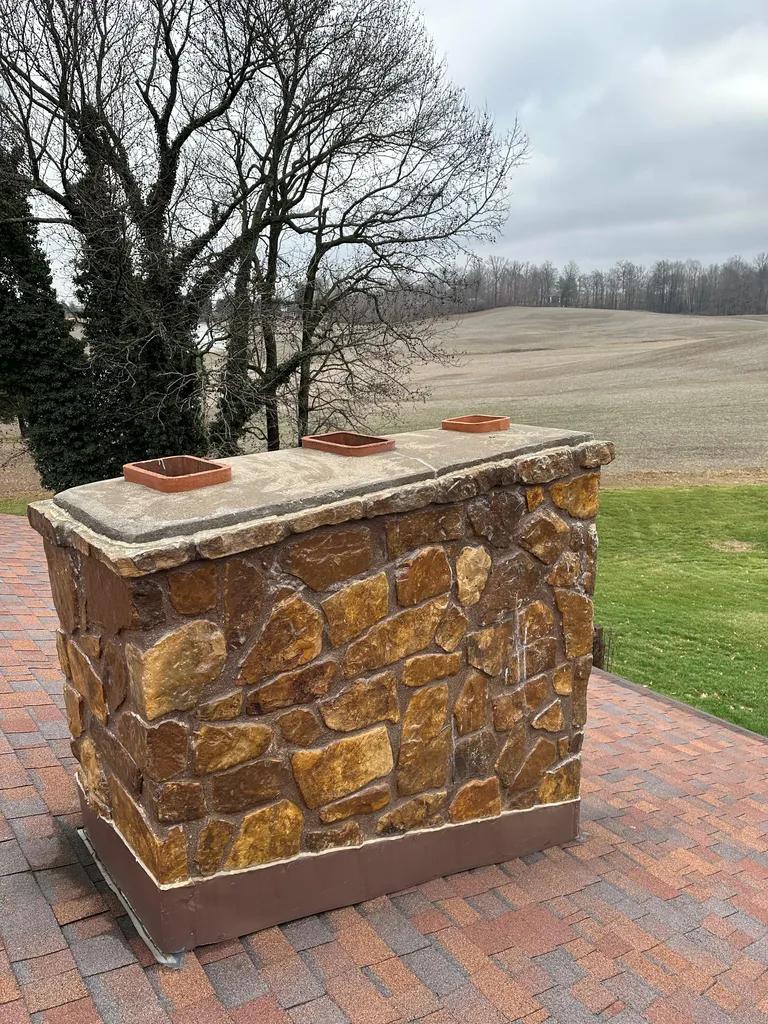Restoring historic brick structures requires a delicate balance of precision, expertise, and dedication to preserving the integrity of the past. From centuries-old buildings to iconic landmarks, historic brick restoration plays a crucial role in maintaining our cultural heritage for future generations to appreciate. In this article, we will explore the intricate process of preserving the past through the art of brick restoration.
Table of Contents
- The Importance of Historic Brick Restoration
- Common Challenges in Preserving Historic Brick Buildings
- Best Practices for Cleaning and Repairing Historic Brick
- Choosing the Right Materials for Historic Brick Restoration
- Q&A
- In Summary

The Importance of Historic Brick Restoration
Brick buildings have always played a significant role in our architectural history, representing a time when craftsmanship and durability were top priorities. Preserving these historic structures not only adds to the charm of a neighborhood but also helps maintain a connection to our past. Through historic brick restoration, we can ensure that these buildings stand the test of time and continue to be appreciated for generations to come.
When it comes to brick restoration, attention to detail is key. From cleaning and repointing to repairing damaged bricks and mortar, every step of the restoration process requires a skilled hand and a keen eye for authenticity. By using traditional techniques and materials, we can seamlessly blend new additions with the original structure, maintaining the integrity and beauty of the historic building.

Common Challenges in Preserving Historic Brick Buildings
Historic brick buildings are not only architectural marvels but also important pieces of our cultural heritage. However, preserving these structures comes with its own set of challenges. One common challenge faced in maintaining historic brick buildings is **deterioration**. Over time, exposure to the elements, pollution, and neglect can cause the bricks to deteriorate, leading to structural issues and potential safety hazards.
Another challenge in preserving these buildings is **finding the right materials** for restoration. As many historic buildings were constructed using unique brick types and techniques that are no longer commonly used, sourcing matching bricks for repairs can be difficult. Additionally, modern materials may not have the same aesthetic qualities or historical significance as the original bricks, making it crucial to find suitable alternatives that will blend seamlessly with the existing structure.

Best Practices for Cleaning and Repairing Historic Brick
One of the key considerations when it comes to preserving historic brick buildings is ensuring that cleaning and repair work is carried out using the best practices. This not only helps to maintain the aesthetic appeal of the structure but also ensures its structural integrity for years to come. Here are some important tips to keep in mind:
- Use gentle cleaning methods: When cleaning historic brick, it’s important to avoid harsh chemicals or abrasive cleaning techniques. Opt for gentle methods such as low-pressure washing or scrubbing with a soft brush and mild detergent.
- Match mortar carefully: When repairing historic brickwork, make sure to use mortar that matches the original as closely as possible in composition, color, and texture. This will help maintain the authenticity of the building’s appearance.

Choosing the Right Materials for Historic Brick Restoration
When it comes to historic brick restoration, choosing the right materials is crucial to preserving the architectural integrity of the past. Whether you are working on a centuries-old cathedral or a Victorian-era home, selecting the appropriate materials can make all the difference in the final result.
One key consideration when selecting materials for historic brick restoration is ensuring that they closely match the original materials used in the construction of the building. This can involve sourcing antique bricks or finding modern bricks that closely resemble the color, texture, and size of the originals. Additionally, using lime mortar instead of modern cement mortar can help ensure the longevity of the restoration project and maintain the historic aesthetic of the structure.
Q&A
Q: Why is preserving historic brick important?
A: Preserving historic brick is important because it helps maintain the architectural integrity of a building and preserves the history and character of a community.
Q: What are some common issues that historic brick structures face?
A: Some common issues that historic brick structures face include deterioration, water damage, mortar decay, and structural instability.
Q: How can historic brick restoration help address these issues?
A: Historic brick restoration can help address these issues by repairing damaged bricks, replacing deteriorated mortar, reinforcing structural stability, and sealing against water damage.
Q: What are some best practices for historic brick restoration?
A: Some best practices for historic brick restoration include using traditional techniques and materials, conducting thorough assessments before starting work, and working with experienced professionals.
Q: How can individuals support the preservation of historic brick buildings?
A: Individuals can support the preservation of historic brick buildings by advocating for their protection, donating to organizations dedicated to preservation, and learning about the history of these structures.
In Summary
In conclusion, historic brick restoration is a meticulous and crucial process in preserving our rich architectural heritage. By utilizing the right techniques and materials, we can ensure that these historic structures continue to stand the test of time and be appreciated by future generations. With careful planning and expertise, we can maintain the integrity and beauty of these beloved landmarks. Remember, the key to successful brick restoration lies in attention to detail, knowledge of the historical context, and dedication to preserving the past. Thank you for joining us on this enlightening journey through the world of historic brick restoration. Keep preserving the past for a brighter future.


